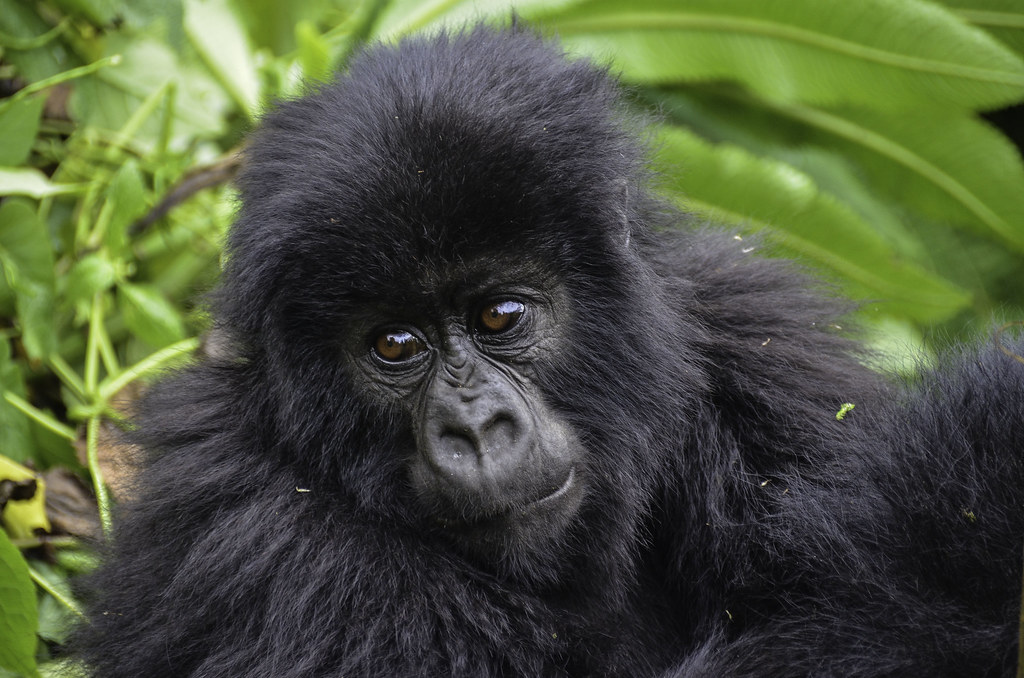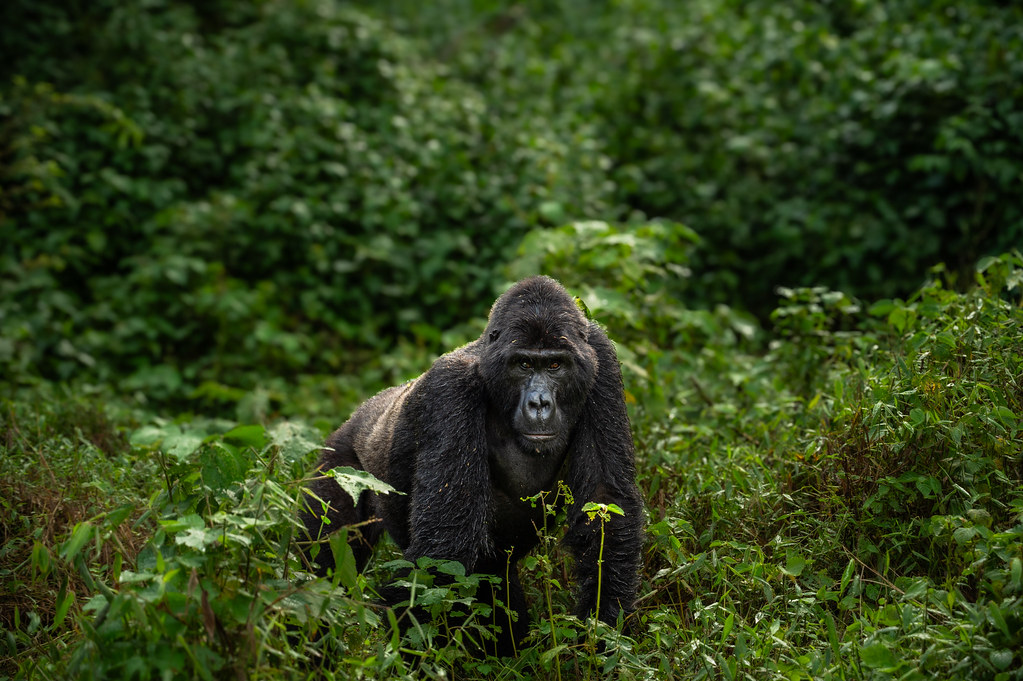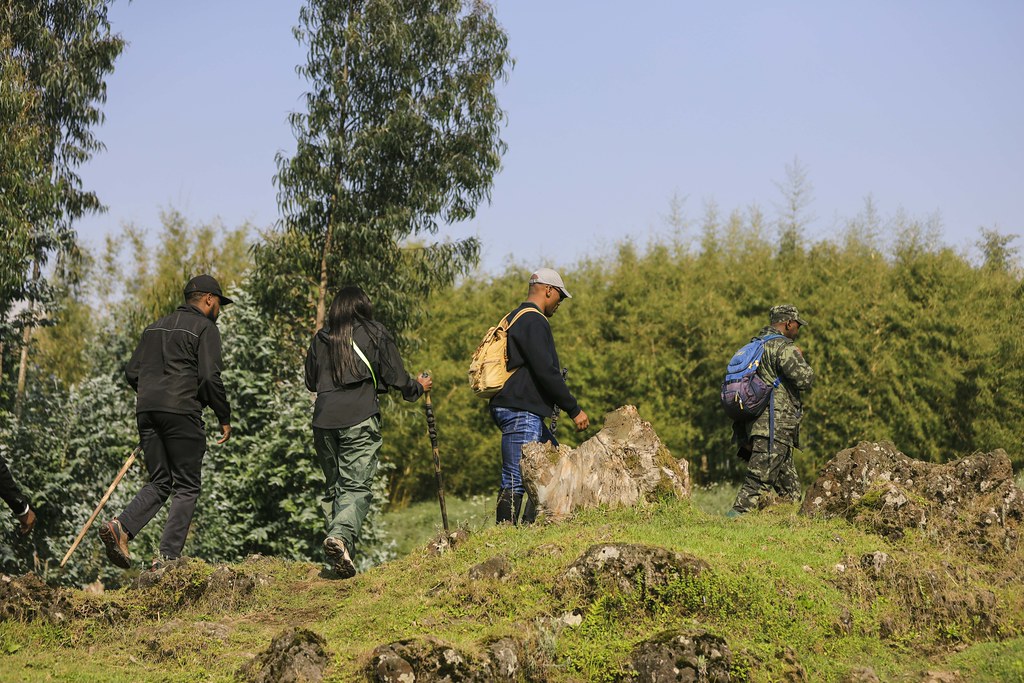The Importance and Impact of Silverback Gorillas
Importance and impact of silverback gorillas essay – Why are mountain gorillas endangered – Why are gorillas endangered – Why are mountain gorillas important – Where do mountain gorillas live – How many mountain gorillas are left – Mountain gorilla lifespan – What do mountain gorillas eat
A Silverback gorilla is a mature male gorilla that has developed a distinctive patch of silver hair on its back. This characteristic signifies its age and status within the group, as these powerful creatures are known for their strength and protective nature. Silverbacks play a crucial role in their social structure, leading their families and ensuring their safety in the wild. A Silverback refers to a mature male mountain gorilla, distinguished by the striking grey patch of hair that appears on his back as he ages.
Most Silverbacks are either the leaders of their groups, solitary wanderers, or fierce competitors vying for control.
A Silverback takes charge of the group’s daily adventures. They chart the paths for the group’s journeys, scout foraging spots, identify resting areas, and build nests for cozy nighttime slumber.
They exhibit remarkable boldness among all mountain gorillas, a reality you will experience firsthand on your gorilla trekking tours.
A Silverback Gorilla is a mature male gorilla, typically recognized by the distinctive silver hair on its back. These magnificent creatures are known for their strength and leadership within their social groups, often serving as protectors and guides for their families in the wild.
The powerful Silverback engages with all the females in the group, asserting its dominance by preventing any other Silverbacks or Juveniles from sharing in this privilege.
This explains why mature non-dominant Silverbacks venture out to establish their own families or confront the dominant silverback to seize control.
With this, they can embark on a journey of companionship and create their own legacy.
Silverbacks take on the crucial role of protecting their families. In the face of peril, they bravely stand to defend their loved ones, willing to risk everything, even their own lives.
Silverbacks employ sign language to alert the whole group when danger approaches.
Male gorillas are generally larger and heavier than their female counterparts.
Silverback gorillas feast on approximately 30 kilograms of food daily, while the females enjoy up to 18 kilograms of vegetation.
A Silverback has 13 ribs on each side, totaling 26 ribs altogether.
A solitary rib weighs more than that of a human being. Some of them tend to eliminate young adult males (juveniles) when they emerge victorious in a battle and seize control of a family.
This is due to their desire to steer clear of upcoming obstacles.
Exploring the realm of Silverback Gorillas
For an exciting journey into the world of Silverbacks, consider exploring Uganda, Rwanda, and the Democratic Republic of Congo.
The price of gorilla trekking varies from one country to another.
Individuals who are unwell and children younger than 15 years are prohibited from embarking on treks to see mountain gorillas.
Trekking mountain gorillas offers an experience unlike any typical game drive or standard activity.
Embark on a journey to discover these primates as you trek through the majestic mountain slopes. Prepare yourself with essential gear for an exhilarating trek, including sturdy hiking boots, durable gloves, warm layers, waterproof raincoats, insect repellents, sunscreen, energy-boosting snacks, and plenty of drinking water.
The climates in mountain gorilla national parks are quite alike.
The ideal time to encounter gorillas is during the dry season, usually from June to September and December to February.
The wet season can pose challenges for gorilla trekking, as certain roads to the national parks may become difficult to navigate.
The trekking trails transform into a challenging landscape, with mud and slippery surfaces that test your resolve.



